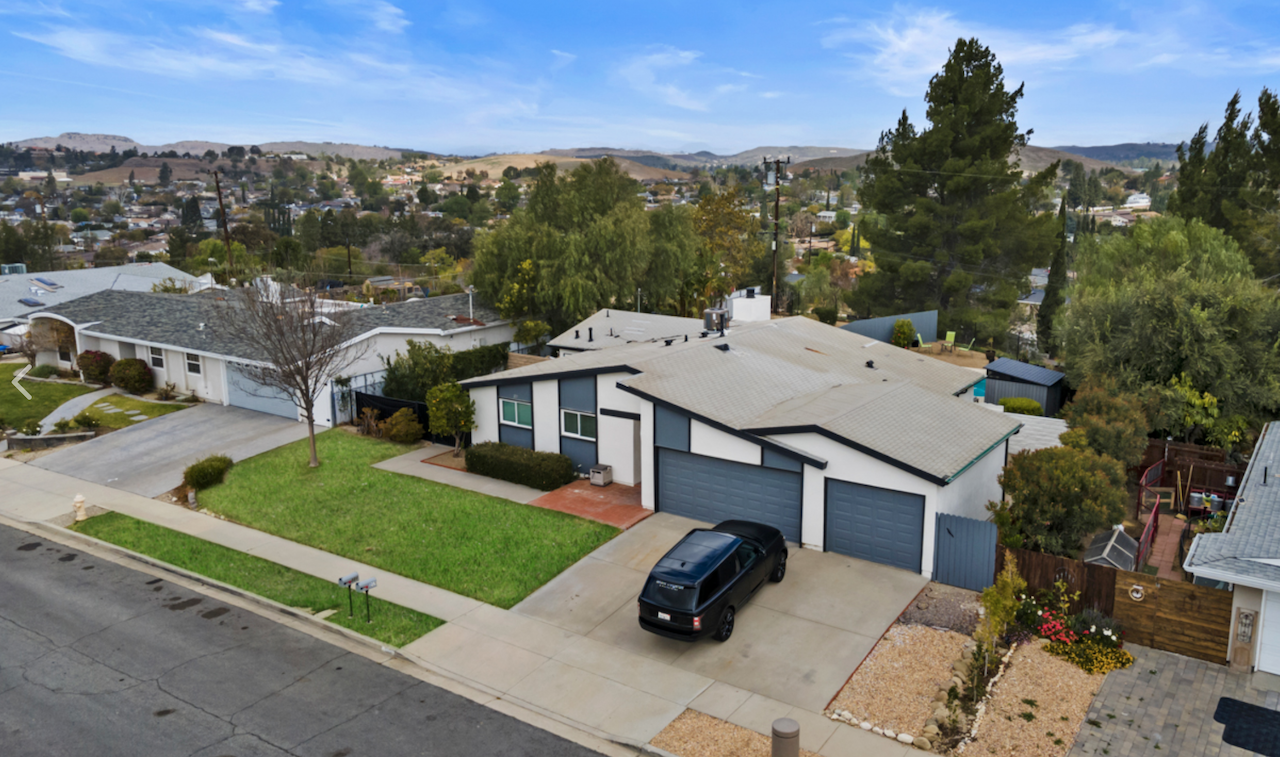Architecture
The Brave New World Of Trustless Homesales Begins
Touchless is one of those tortured-English functions of pandemic value propositions we could get our brains around, but "trustless?"
Touchless became a thing around this time a year ago, along with the highly contagious novel coronavirus.
Touchless took homebuying, selling, faucets, doorway entrances, room air comfort and lighting controls, mortgage approvals, you name it, by storm.
To sanitize is to sell. Human magical thinking and machine-learned speech, facial, and artificial intelligence-aided digital recognition made the happiest of bedfellows in the time of corona.
Touchless. That's now so 2020!
Trustless is the new touchless, and it's now right here, plopped into this business where people take custody of what's frequently the most expensive and valued durable asset they'll ever acquire, a home.
This Fast Company piece by Nate Berg, "This NFT Comes With An Actual House," notes:
There’s a new architectural NFT artwork on the market. Based on a duplex overlooking the San Gabriel Mountains in Thousand Oaks, California, the NFT is a short video by artist Kii Arens that depicts the driveway view of an unremarkable suburban home. It has a psychedelically tinted view of the mountains beyond, and the sky is soon invaded by several flying saucers. Techno music plays in the background.
The artwork is now up for auction and accepting bids via the blockchain-enabled cryptocurrency Ethereum. But it’s not just the art that’s for sale. Whoever buys the artwork also gets the house that inspired it.

Here's the connection to the site of 27-year-old Shane Dulgeroff, who's launched what he claims to be a "world's first" gambit tying a crypto NFT to a real-world piece of real estate.
Touchless is one of those tortured-English functions of pandemic value propositions we could get our brains around, but "trustless?" We're not so sure that trustlessness is quite ready for primetime as a benefit potential homebuyers are going to clamor for, but hey, who knows?
A skeptic Medium blogger B.J. Dweck seems altogether unready to accept either the true trustlessness of NFTs, or the intrinsic human value of trustlessness, except if it can be, ahem, trusted.
The problem is that an NFT scenario — or any “collectible” scenario, for that matter — is not a peer-to-peer, “no-single-participant-is-‘more-equal’-than-any-other”-system. In an NFT scenario, it is impossible to eliminate the need for an external, trusted party — nor would one want eliminate such a third party. The NFT ecosystem relies on the designation of trusted third parties because the buyer of an NFT requires a party she trusts — most likely a reputable party with a widely recognized track record for honesty within society — to authenticate the certificate, as with any other, traditional collectible.
Still, real property's and intellectual property's lines, like everything else, are blurring exponentially fast.
Trust me, this may be a first, but we haven't seen the last of trustless home selling.


